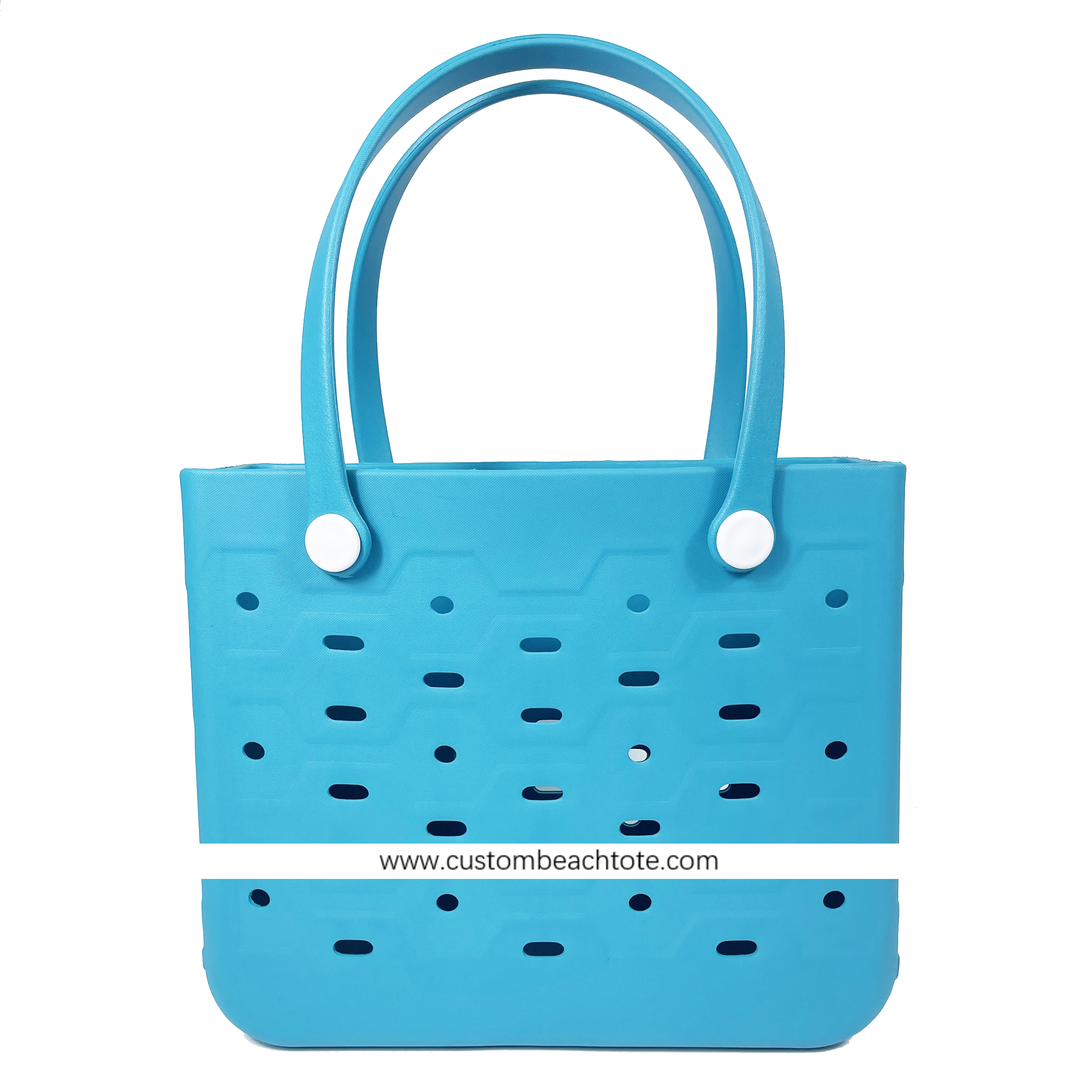Introduction:
In today's rapidly evolving business
landscape, the dynamics between innovation and imitation have become
increasingly intricate. The case of EVA beach bags provides a compelling
example of how imitation, complemented by subtle innovation, establishes a delicate
balance between safeguarding intellectual property rights and promoting healthy
market competition. This article delves into the nuanced relationship between
innovation and imitation, shedding light on the challenges original creators
confront in protecting their designs. It also recognizes the advantages that
both imitation and innovation offer to consumers and the overall market. By
exploring these dynamics, we gain insights into how businesses navigate the
fine line between inspiration and replication, ultimately driving progress and
meeting consumer demands in dynamic markets.
The Emergence of Imitation and Innovation:
The EVA beach bag has gained acclaim for
its stylish design and practicality, capturing the interest of both consumers
and competitors. As its popularity surged, it inevitably drew the attention of
other companies keen on replicating its success through imitation. Despite
efforts to protect its design with patents, imitators frequently manage to
emulate its features while skirting infringement. This scenario underscores a
complex interplay where innovation and imitation intersect, influencing market
dynamics and consumer preferences. Original creators face the challenge of
defending their intellectual property, while consumers benefit from a diverse
range of products inspired by innovation and refined through imitation. This
phenomenon highlights the evolving nature of competition in contemporary
markets, where the balance between protecting originality and fostering healthy
competition remains pivotal.
Imitation as a Driver of Innovation:
It's
fascinating how the presence of imitators can actually stimulate innovation.
When competitors replicate the EVA beach bag, they're compelled to introduce
distinctive features or enhancements to set their products apart from the
original and steer clear of legal issues. This fosters a cycle of ongoing
refinement and creativity within the market, delivering advantages to consumers
and advancing the industry overall.
Difficulties in Safeguarding Intellectual Property:
Protecting intellectual property presents
significant challenges. Even with patents in place, safeguarding the original
design can be far from simple. Minor alterations to the imitated product’s design or function can complicate the task of proving patent
infringement. Moreover, the arduous and expensive legal procedures required to
enforce patent rights frequently discourage creators from taking legal action
against those who copy their work. Consequently, safeguarding intellectual
property has become an intricate challenge in today’s
rapid and fiercely competitive market environment.
Consumer Advantages and Competitive Dynamics in the Market:
Despite initial concerns for the
originator, imitation plays a pivotal role in benefiting the market. It fosters
robust price competition, offering consumers a diverse array of options across
various price points. Additionally, imitation often spurs innovations that
elevate the overall quality and functionality of products, leading to enhanced
consumer satisfaction. This dynamic encourages a competitive market
environment, driving continual progress and customer-centric product evolution.
Balancing Innovation, Imitation, and
Intellectual Property:
Achieving a harmonious blend of innovation,
imitation, and protecting intellectual property is essential for sustained
market growth. Companies such as EVA face the challenge of safeguarding their
intellectual property while remaining at the forefront of innovation. This
requires a strategic approach, including regularly introducing new designs,
strengthening patent protections through clearer regulations, and leveraging
branding and customer loyalty to set their products apart from imitations.
Conclusion:
The interplay between innovation and
imitation is intricate and multi-dimensional. The example of EVA beach bags underscores the difficulties originators encounter in safeguarding their
designs, yet it also underscores the advantages that both imitation and
innovation offer consumers and the marketplace. As the business environment
evolves, striking a careful balance between protecting intellectual property
and promoting robust market competition becomes ever more crucial. By managing
this dynamic judiciously, businesses can flourish in a landscape where
innovation and imitation harmoniously coexist.
 English
English Español
Español Português
Português Pусский
Pусский Français
Français Deutsch
Deutsch 日本語
日本語 한국어
한국어 Italiano
Italiano عربى
عربى